Advancing Intensive Management of Corn Systems in Minnesota
Study author(s): Jeff Coulter, University of Minnesota, Department of Agronomy and Plant Genetics
Years of study: 2018
Location(s): Waseca, MN
Important: for the complete report, including all tables and figures, please download using the links to the right.
summary
Key findings for grain yield:
- There was a yield gap of 16 to 64 bu/acre between treatments with highest and lowest yields. Averaged across years, this yield gap was 36 bu/acre or 19%.
- Greatest 6-year average yield occurred with advanced fertilizer management applied to sustainable intensification.
- Intermediate 6-year average yield occurred with either advanced fertilizer management or sustainable intensification alone.
Key findings for economic net return:
- When compared to farmer-practice agronomics + standard fertilizer management, economic net return was significantly greater with sustainable intensification alone in 2 of 6 years.
- When compared to farmer-practice agronomics + standard fertilizer management, economic net return was significantly less in 4 of 6 years and on average with advanced fertilizer management alone or in combination with sustainable intensification. This was associated with the cost of applying phosphorus and potassium fertilizers at greater rates, especially during the first 5 years of the study.
Key findings for agronomic N use efficiency:
- Averaged across years, agronomic N use efficiency was greater with sustainable intensification compared to farmer-practice agronomics for standard fertilizer management, but not for advanced fertilizer management. Across years and both levels of fertilizer management, agronomic N use efficiency was greater with sustainable intensification compared to farmer-practice agronomics. Greater agronomic N use efficiency was associated with greater corn N recovery efficiency.
